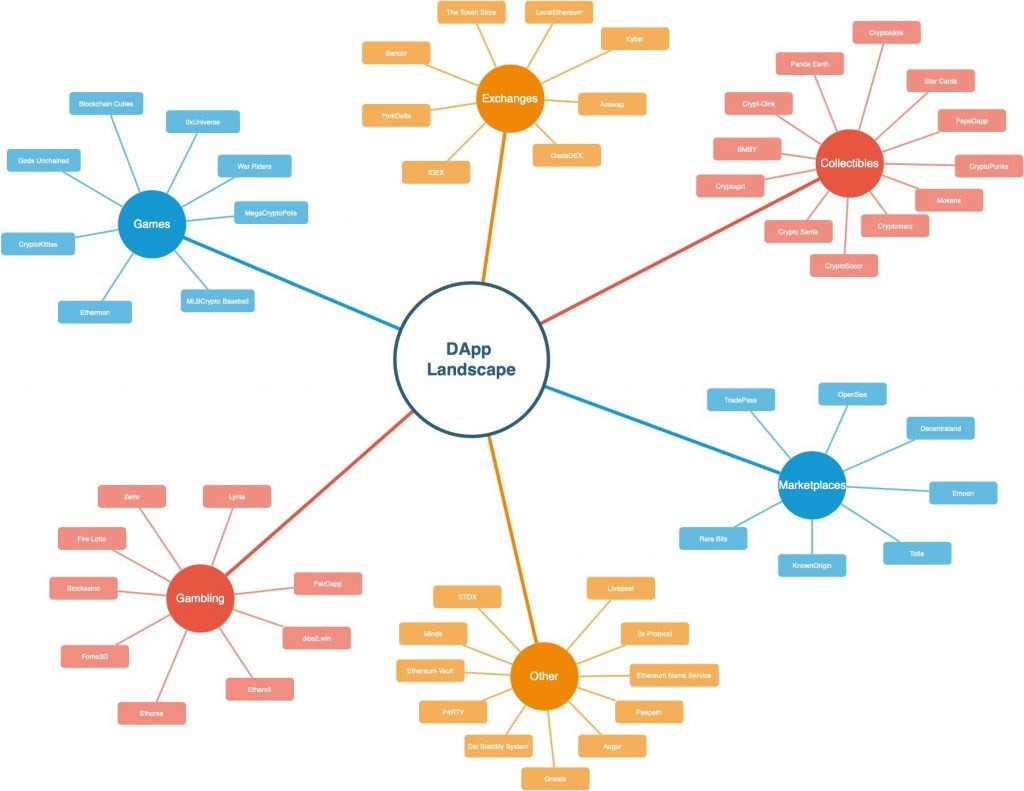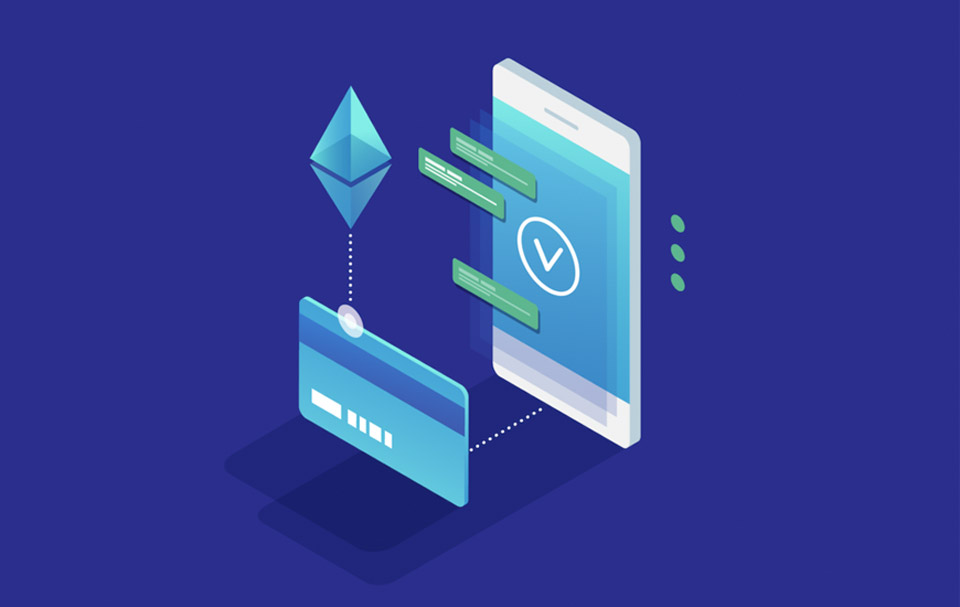With the current explosive development of Blockchain, many projects are born with the common name of Dapps. So what is a dApp? What is the special feature of dApp?
So, What is a dApp in Detail?
Dapp, also known as a Decentralized Application, are decentralized applications built on Blockchain networks and operated by Smart Contracts.
In general, Dapps are quite similar to applications or smartphones, but there is a difference in that they are operated in a decentralized manner on the Blockchain.
With the added feature of Blockchain technology, it will give ownership of personal data to users and no other organization.
Features of dApp
In general, Dapp is like an upgraded development of normal Apps, which can provide social networking, games, and entertainment and give users access to decentralized financial markets like DeFi. : Lending & Borrowing, Staking, Trading,….
Besides, the common feature of DApps is decentralization so that no one can control the user’s activities on these projects. In addition, the general trend of Dapps in the crypto market is open source. The community can create other projects from the code of the old application.
However, to build a decentralized application, that Blockchain platform must have a Smart Contract. Contrary to popular belief that any Blockchain can create an ecosystem with hundreds of applications, only Blockchains that support Smart Contract can support this application.
In summary, a Dapp needs to meet the following 4 criteria:
- Dapps must be completely Open Source and self-managed. No single organization can control most tokens. All changes to the Dapp must be made with the unanimous consent of the community.
- All Dapp data and records must be encrypted and stored on the public Blockchain to prevent a Single Point of Failure (SPOF).
- Dapps must use cryptocurrencies as payment methods, and users can use these tokens in exchange for Dapp services. All those who provide value contributions (For example, miners) can get Tokens as rewards.
- The generation of these Tokens must be collected through a cryptographic algorithm such as Proof of Work or Proof of Stake.
Dapp types
If divided by application, DApp can be classified by the purpose of use such as exchange, game, finance, gambling, …
If classified by Blockchain, DApp will be divided into 4 types:
- Type I will operate on its blockchain. Example: Bitcoin and Ethereum.
- Type II are protocols that operate on the blockchain of type I. These protocols themselves have the necessary tokens for their function.
- Type III are protocols that operate using the protocols of type II. Similar to Type II, Type III also has the necessary tokens for their functionality.
Application of Dapp

Based on the characteristics of the Dapp, the application of the Dapp can be used as follows:
- If a Dapp has more than one computer running in a P2P network, it is certain that the Dapp will not be interrupted and will not have a Single Point of Failure (SPOF) problem.
- Data is stored on every computer in the system, there is no centralized storage place, so it is difficult for hackers to attack. Unless a hacker can change the data of 51% of the computers on the network at the same time (this is called a 51% attack), the cost of doing so is too high and almost impossible. cannot be performed.
- Blockchain network has the feature that the data cannot tamper with => when the Dapp is deployed in the Blockchain network; it cannot be tampered with. Even the person who wrote and implemented the Dapp can’t make any changes to the Dapp after it’s deployed. Therefore, you can rest assured that these Dapps do not need a third-party organization.
- Due to the nature of Open Source and no intermediaries, it is not possible for third-party organizations to directly obtain User Data generated using the service.
Advantages and disadvantages of Dapp

Pros
- Censorship resistant: As the concept mentioned above, Dapp exists decentralized, so it is difficult for governments or individuals to control the network. Dapps can be developed as an alternative social media platform. A decentralized social media platform would be resistant to censorship as no participants on the blockchain can delete messages or block messages from being posted.
- No Downtime: The peer-to-peer system ensures that Dapps are continuously up and running even when individual computers or departments experience network problems.
- Open Source: This encourages the widespread development of the Dapps ecosystem. Enable developers to build better Dapps with useful future functionalities.
- Promote user privacy: Many of the advantages of Dapps revolve around their ability to protect user privacy. With decentralized applications, users do not need to submit their personal information to use the functionality provided by the application (no KYC required). DApps use smart contracts to complete transactions between two parties anonymously without relying on a central authority.
Cons
- Experimental, may not be scalable: Dapp usage is still in its early stages, and it takes time for testing and development. So dApps are prone to some problems. There are questions as to whether applications can scale efficiently, especially in the case of an application that requires significant computation and overloads the network, causing network congestion.
- Challenges in developing user-friendly interfaces: The ability to develop a user-friendly interface is another concern.
- Most users of applications developed by traditional centralized organizations have ease-of-use expectations that encourage them to use and interact with the application. Getting people to switch to dApps will require developers to create end-user experiences and performance levels on par with already popular and established programs.
- Difficulty making necessary code modifications: The challenge of making code modifications is another limitation of dApps. Once deployed, a dApp will likely need ongoing changes to improve or fix bugs or security risks.
- According to Ethereum, it can be challenging for developers to make the necessary updates to dApps because the data and code published to the blockchain are difficult to modify.
Summary
Dapp is a development step of the application, helping people to access decentralized finance, and is also the development trend of Blockchain. This is quite similar to the development of websites in the Internet era, which is growing due to users’ needs and making profits from it. In general, the number of Dapps is increasing daily, and we cannot deny the benefits of these Dapps. This article is for informational purposes only and is not intended as investment advice, so you must be extremely cautious before making decisions.






